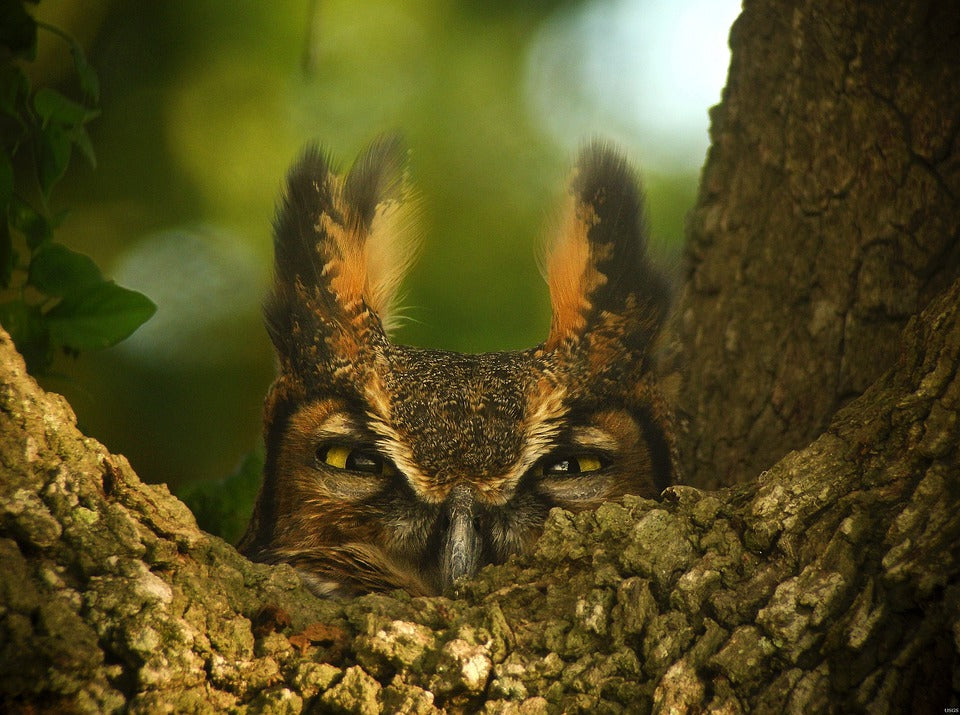Offer
Provide additional details about the offer you're running.
Provide additional details about the offer you're running.
Provide additional details about the offer you're running.

For those of us who enjoy the outdoors and are actively seeking out new species of birds to hear, spot and photograph, owls provide an amazing experience when spotted in the field. Their nocturnal and secretive nature makes them a difficult target for those wishing to catch a glimpse. As with most anything you will attempt in your life, educating yourself more about the subject, will only increase your chances of succeeding at your goal. With that in mind, here are a few terms that might not be a part of your avian vocabulary and that just might teach you a little bit more about these wonderful raptors we long so badly to see.
Mantling
Owls and other raptors live to hunt and will protect their prey at almost any cost. The act of mantling is when an owl hunches over its fresh kill and spreading its wings. Owls will do this to block the sight lines and hide their food from other potential hunters and will often consume their prey while in this position.
Pellet
Finding a pellet or a group of pellets while searching for owls or roosts might just be the best sign you can come across. A pellet simply consists of the indigestible parts of the prey of owls like bones and fur that are discarded after consuming their kill. Keep a watchful eye out for pellets while in the field, you can often find more than one in one area.
Owlet
In reading this, you most likely will come to the conclusion that this word refers to a small owl of some kind and you would be correct! Owlets are baby owls that are typically from the smaller species of owls and can be spotted sporting a fluffy down plumage.
Crepuscular
While most owl species are considered nocturnal, meaning they're traditionally hunt during the night hours, some species are labeled crepuscular. This term means that rather than wait for the blanket of darkness, owls like the short-eared owl become more active during the evening and early morning hours while there is some natural light still available.
High Quality Blend